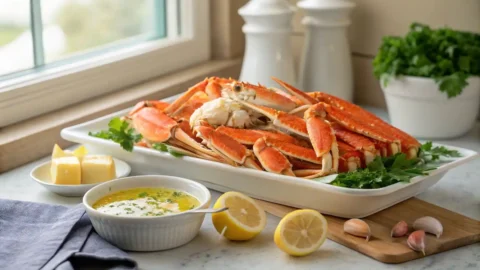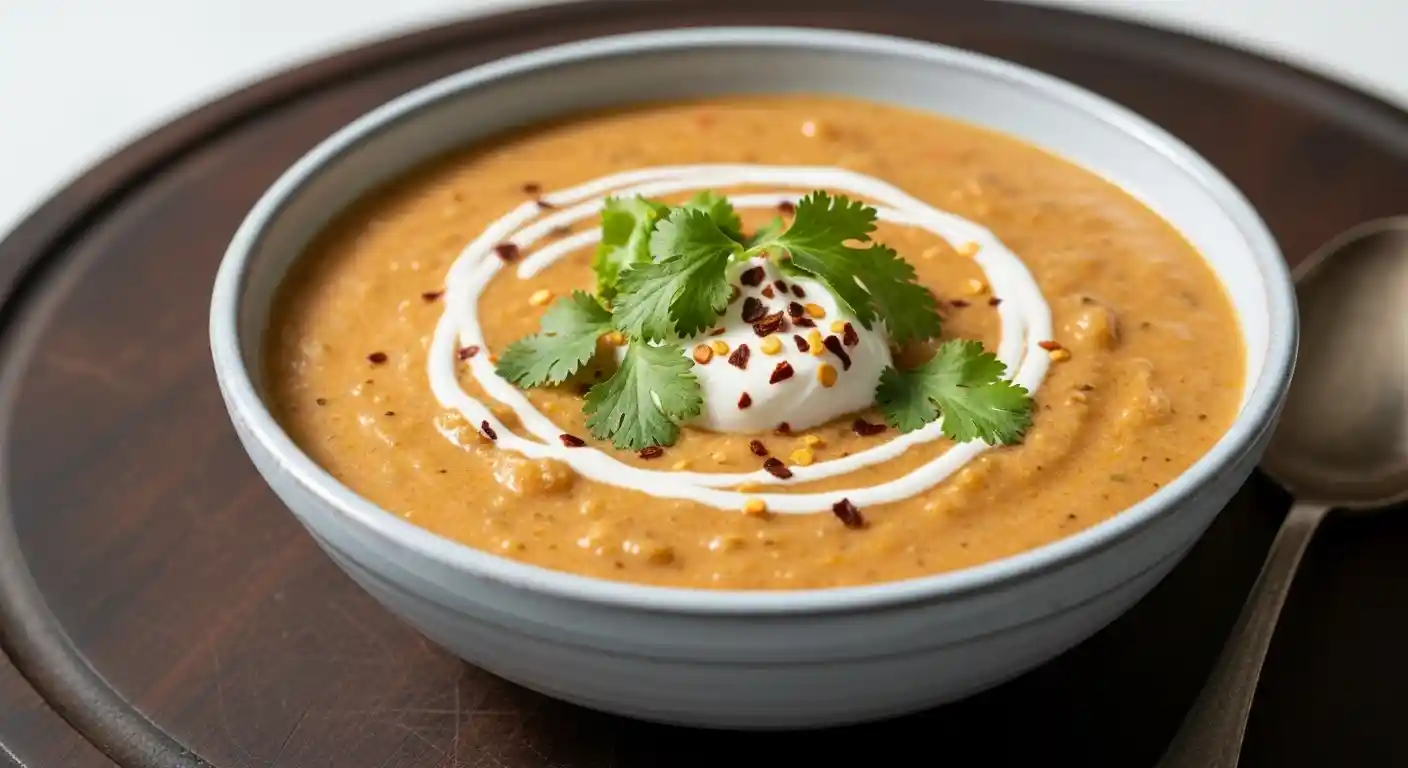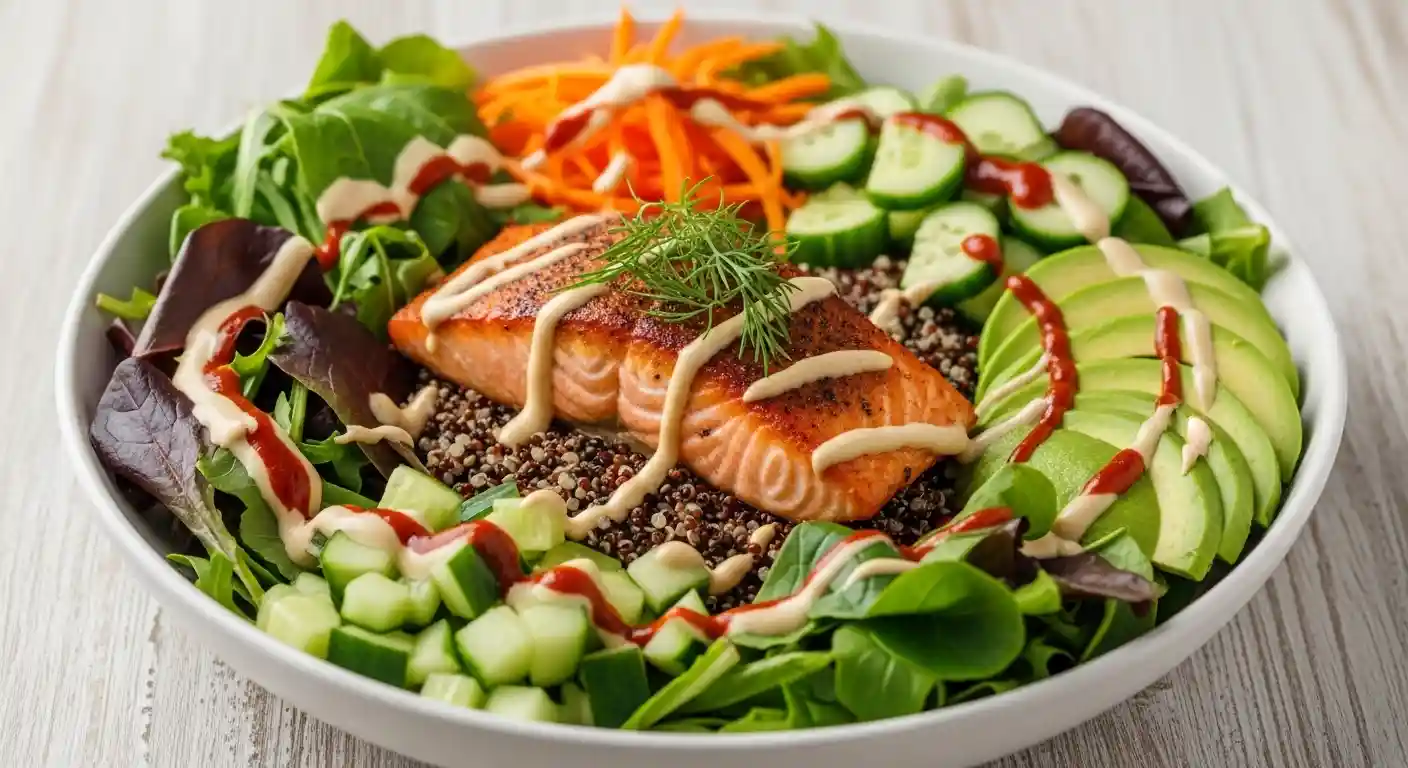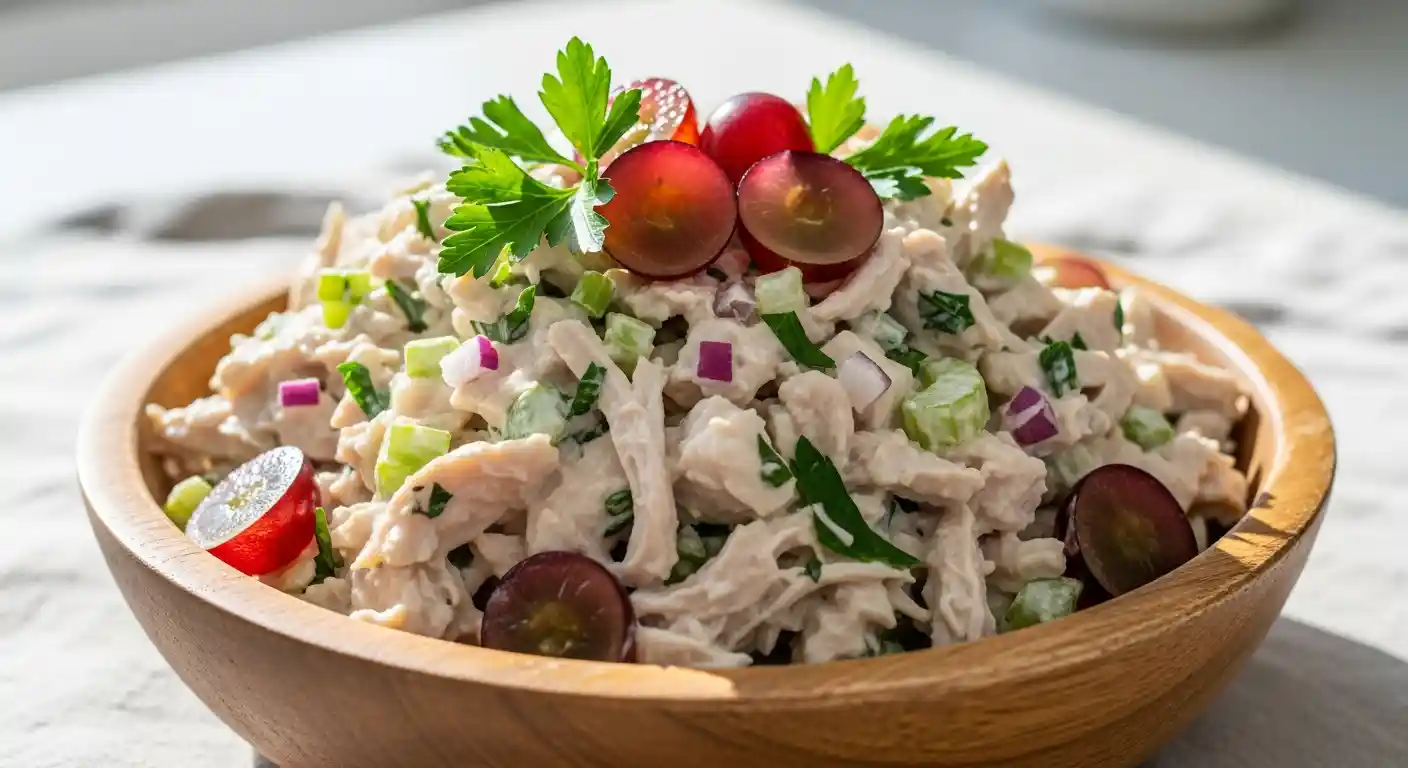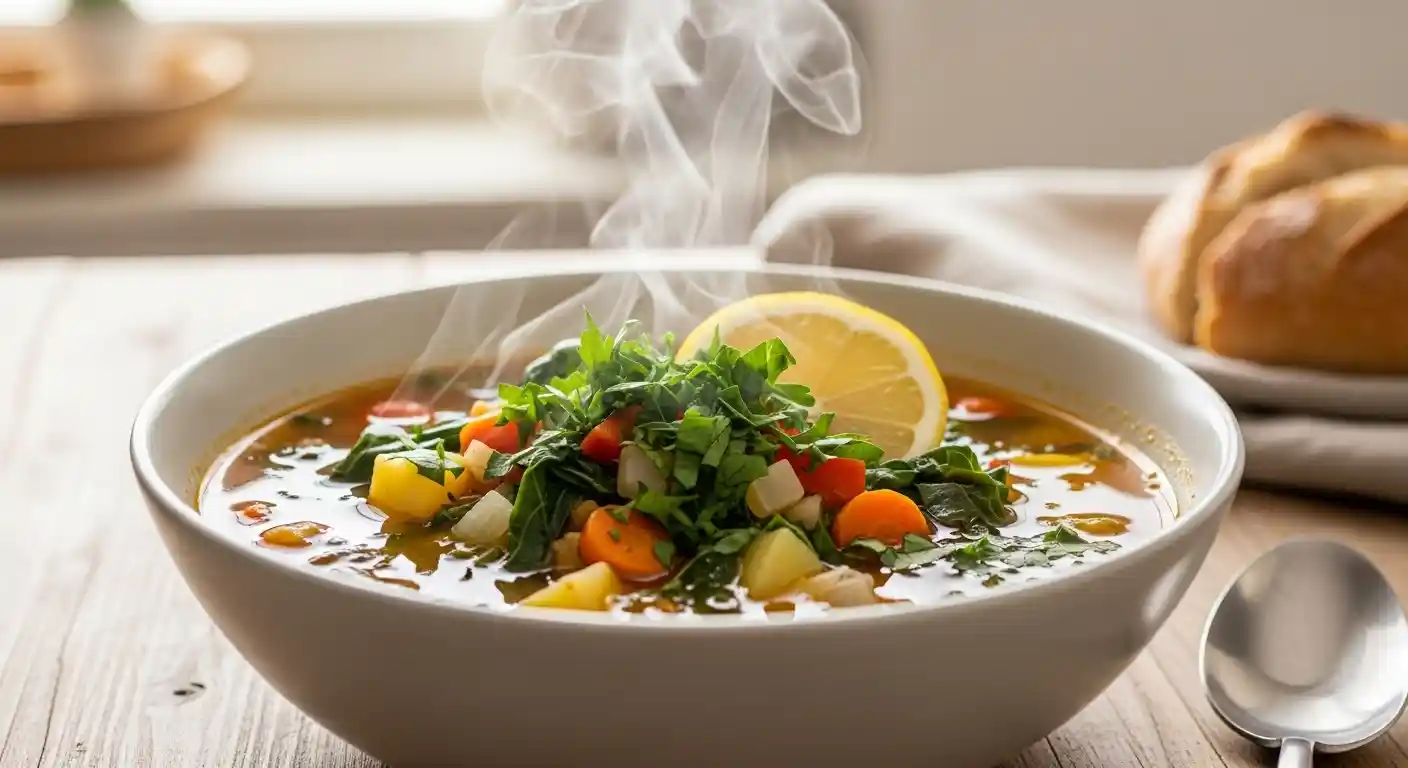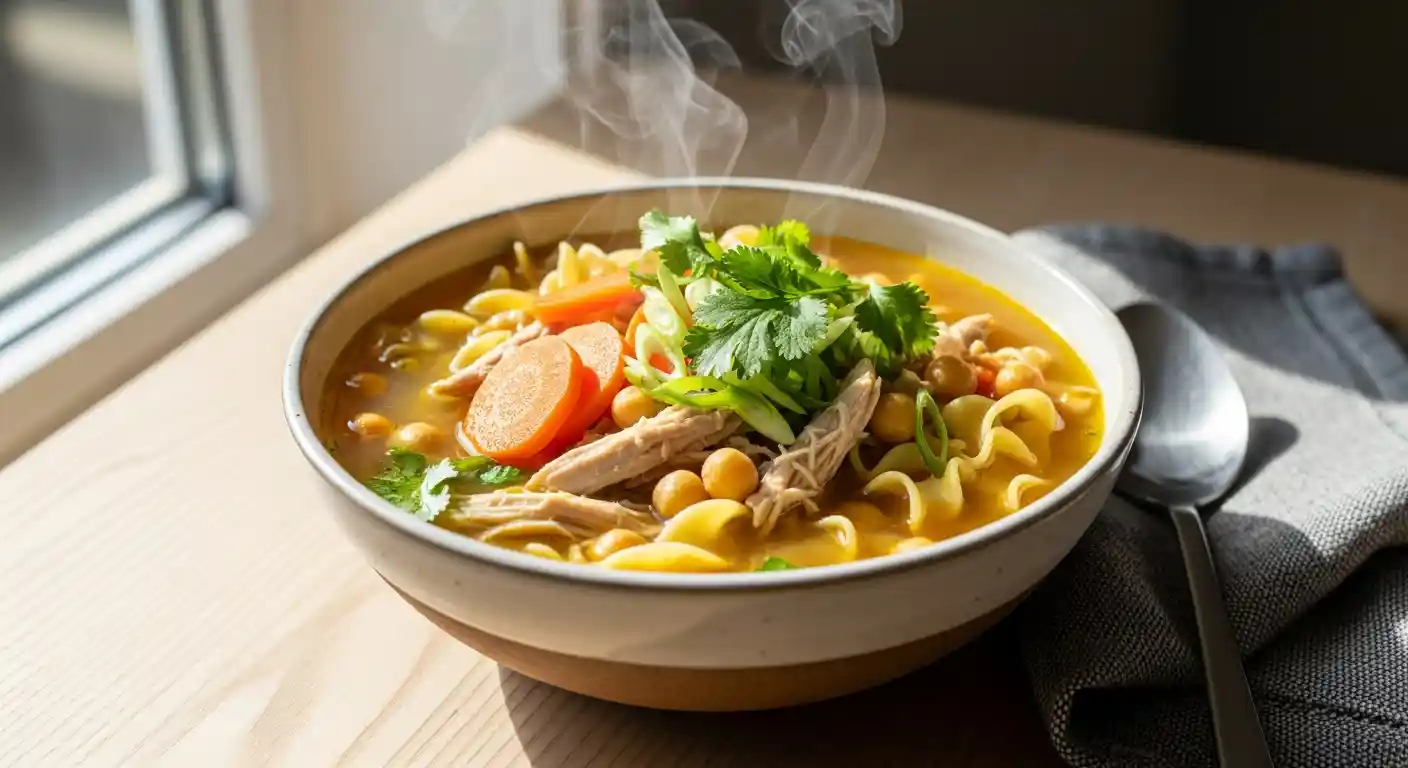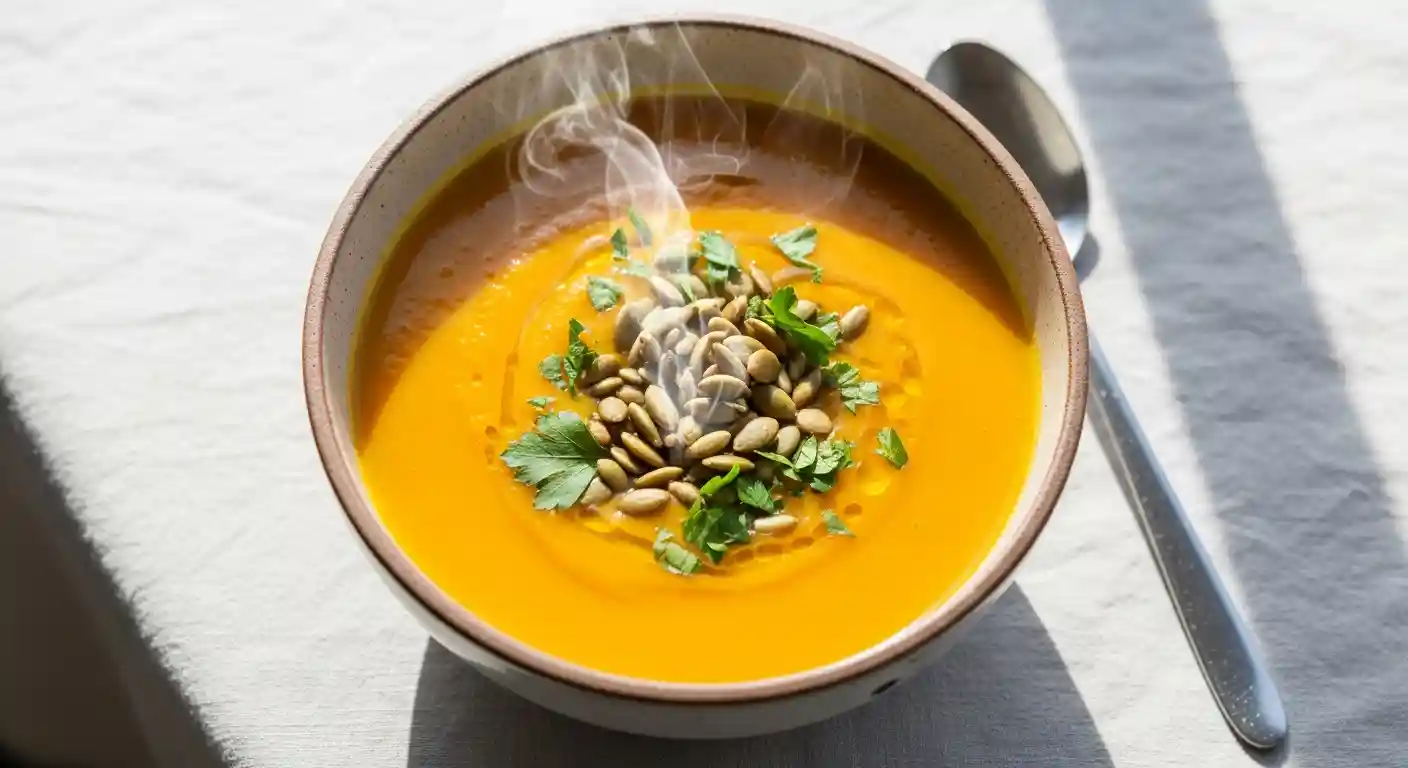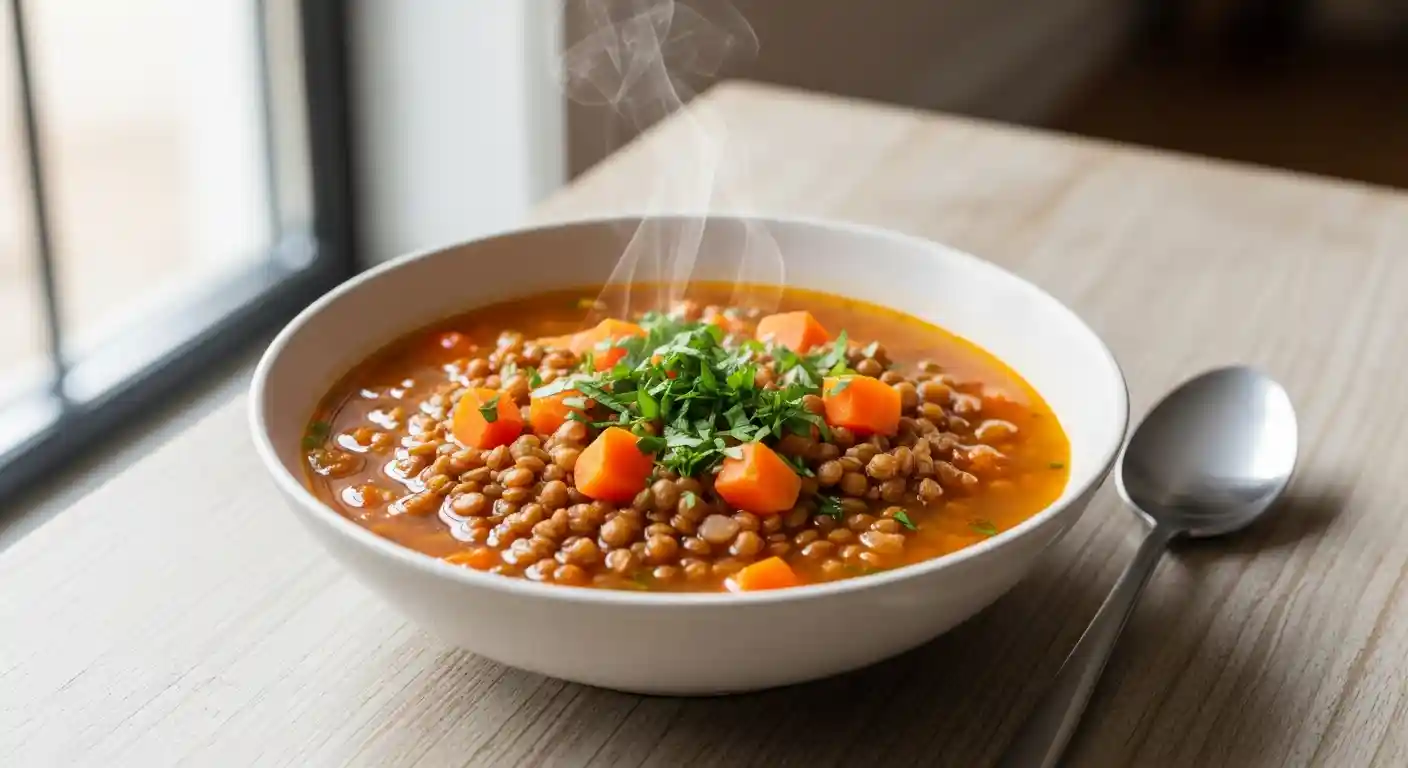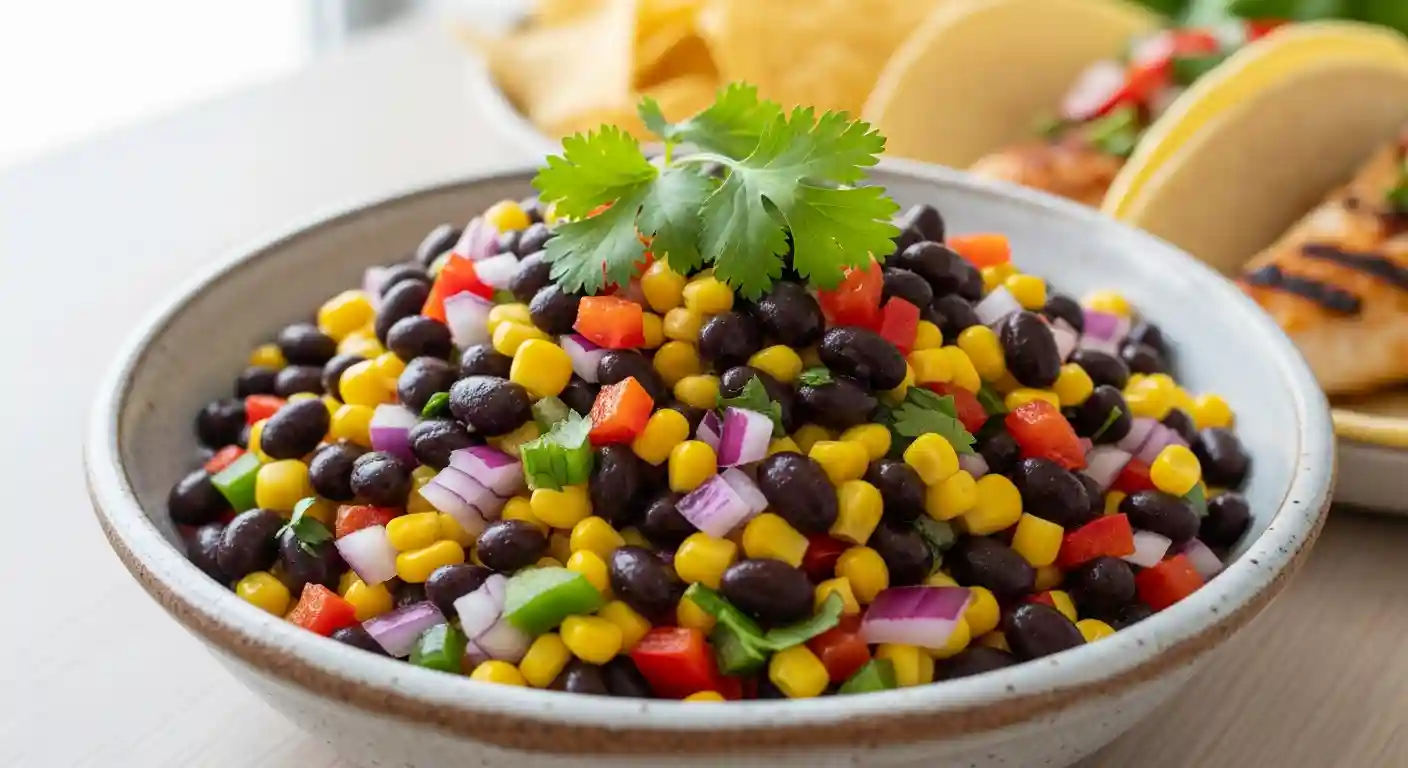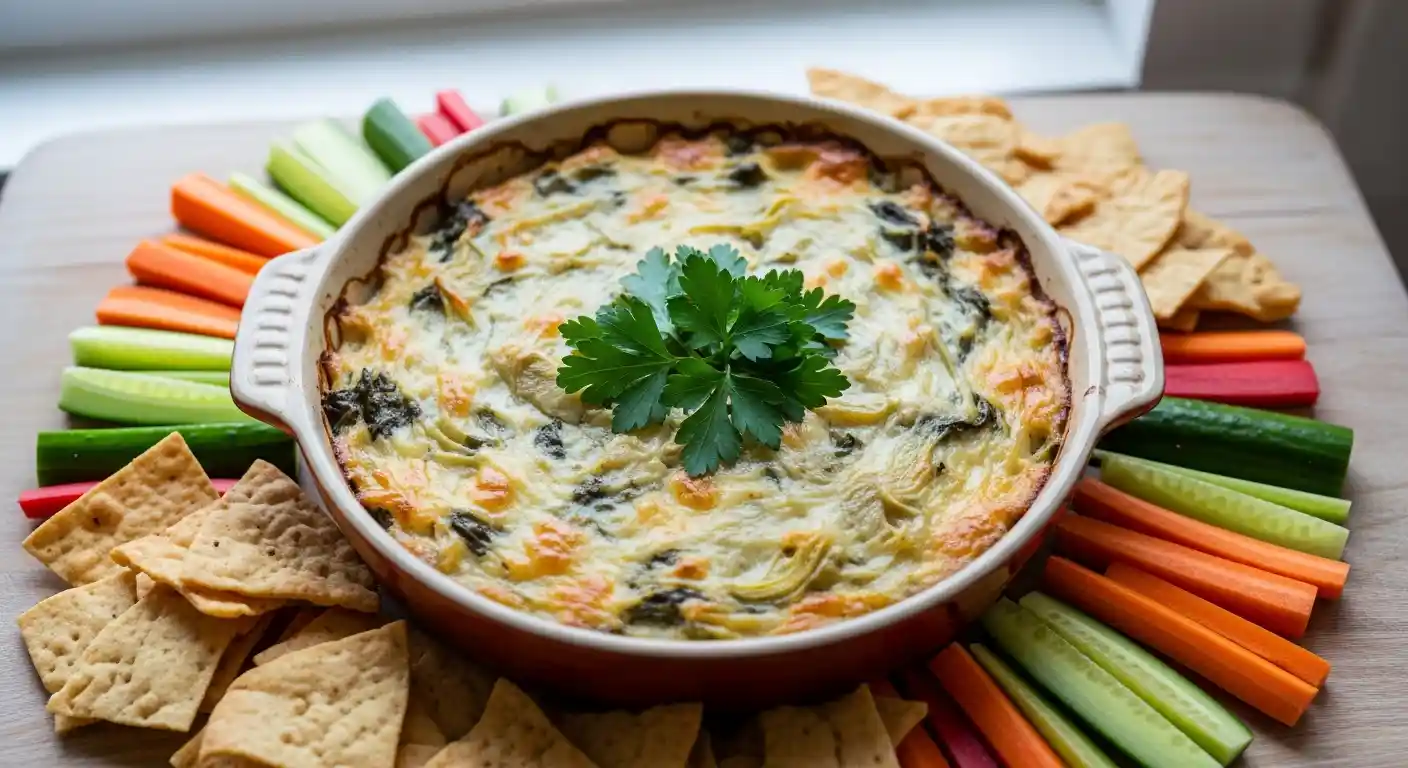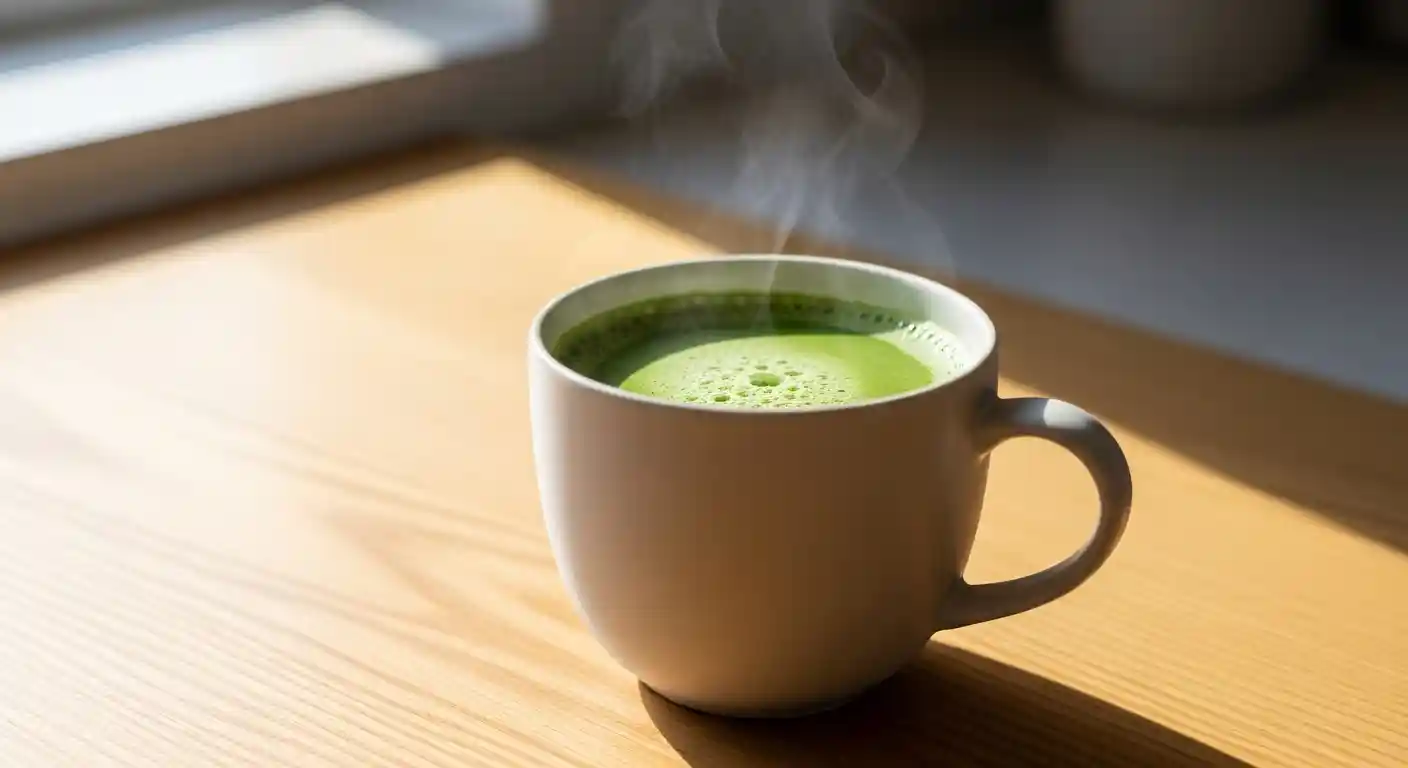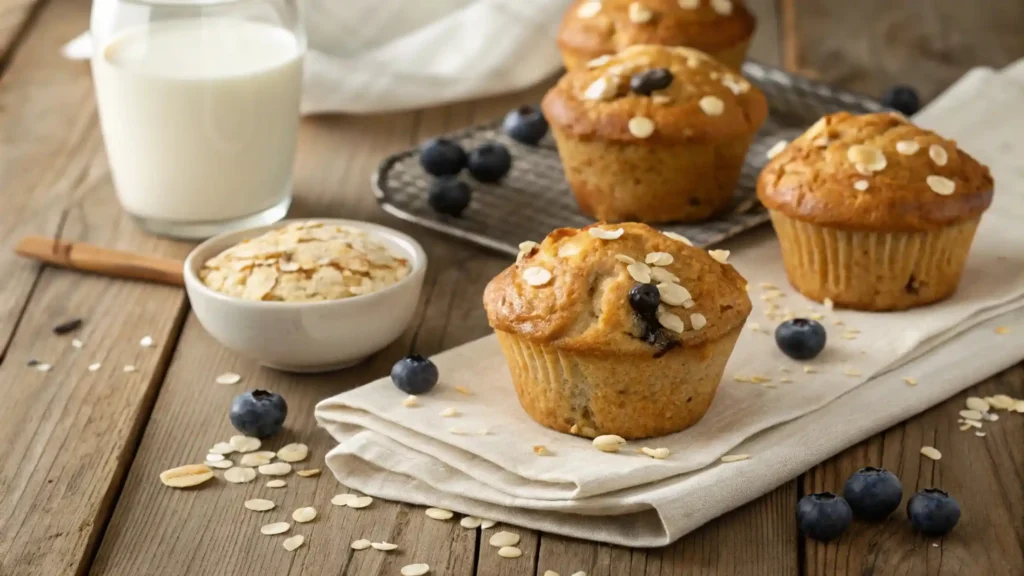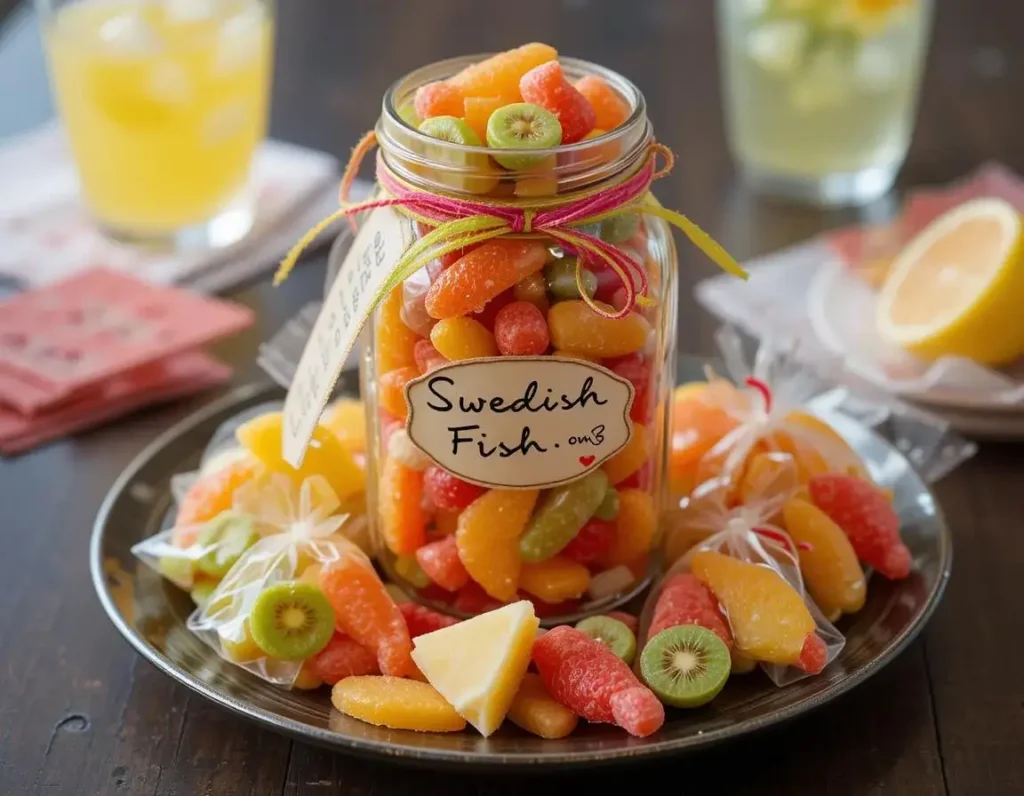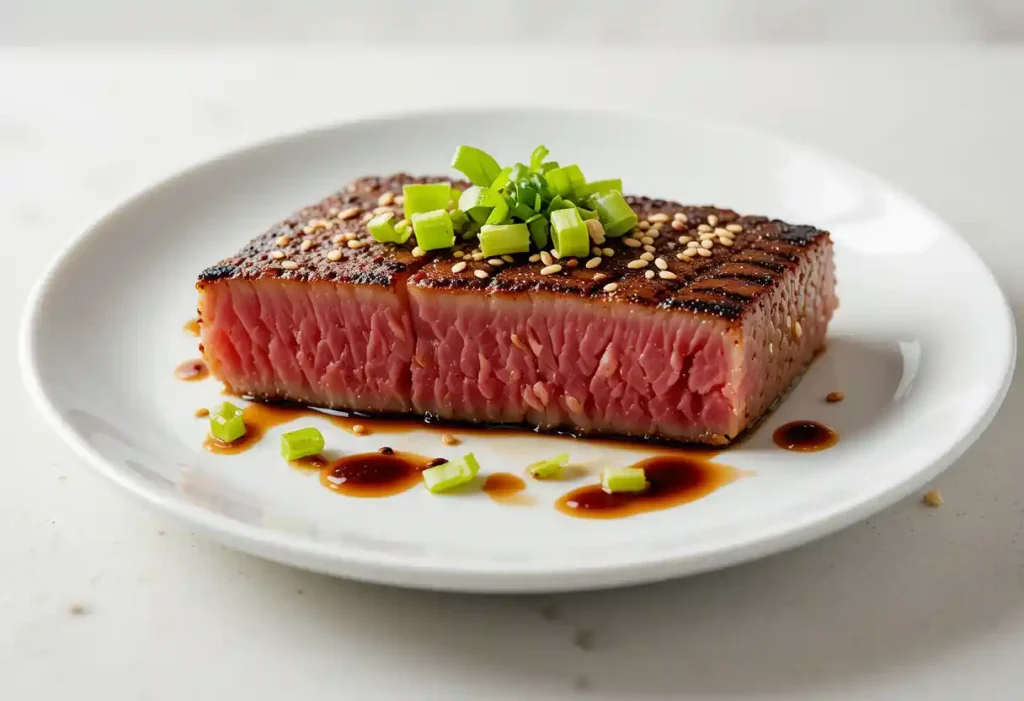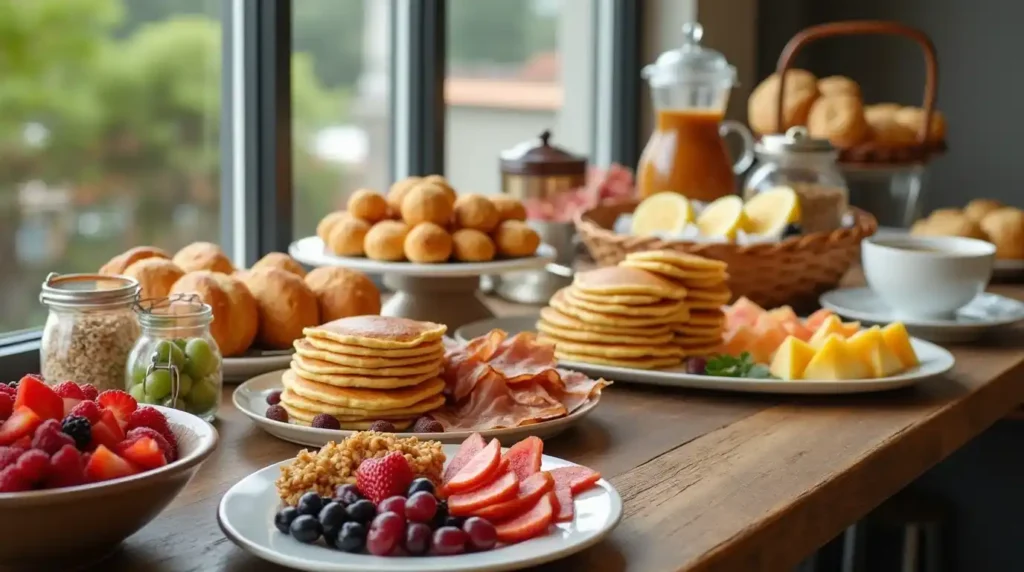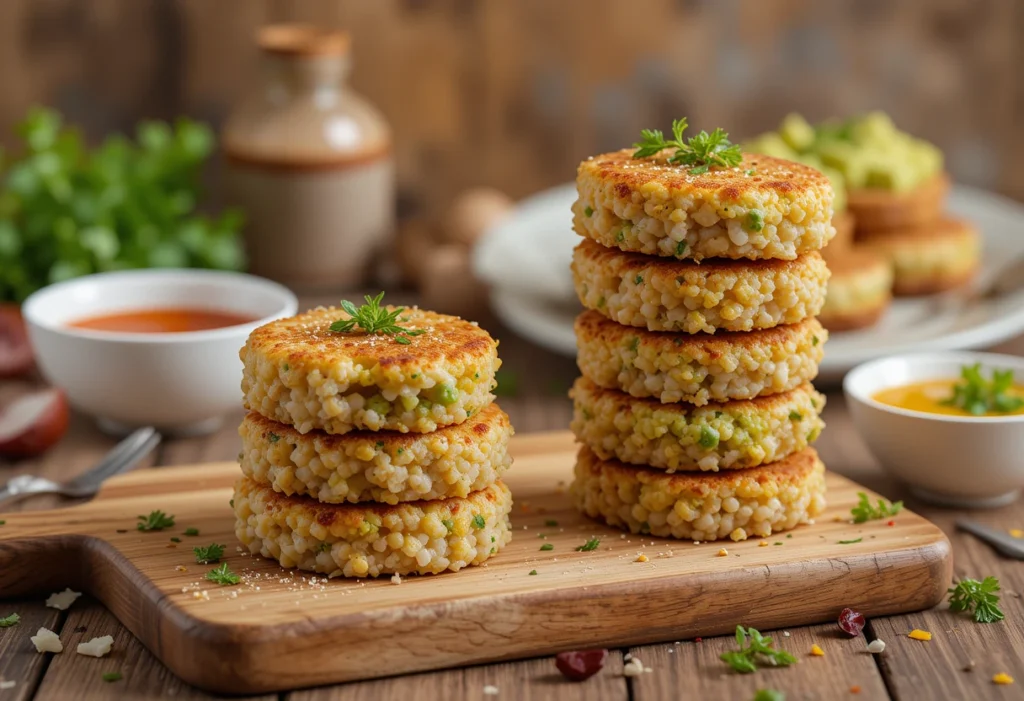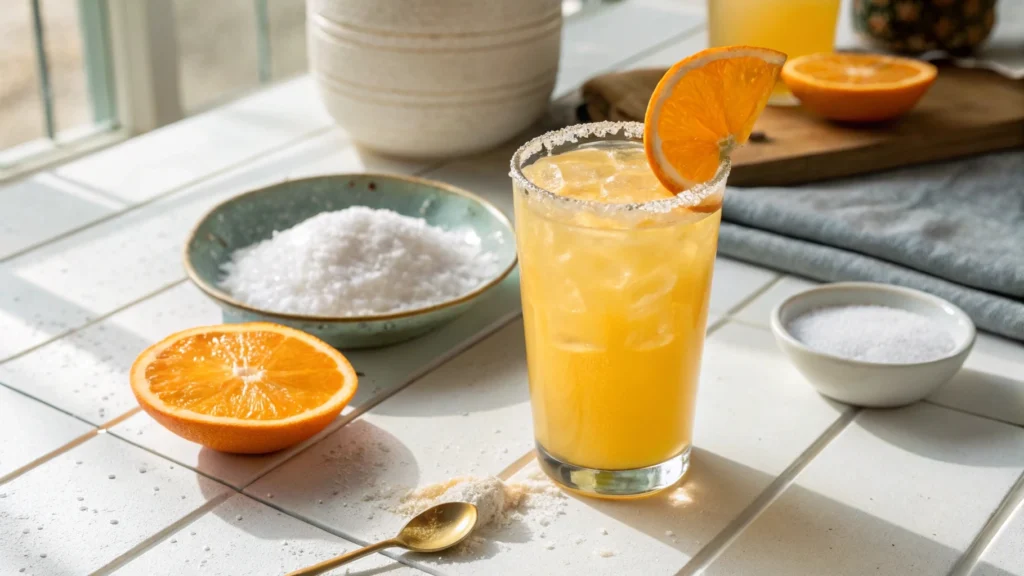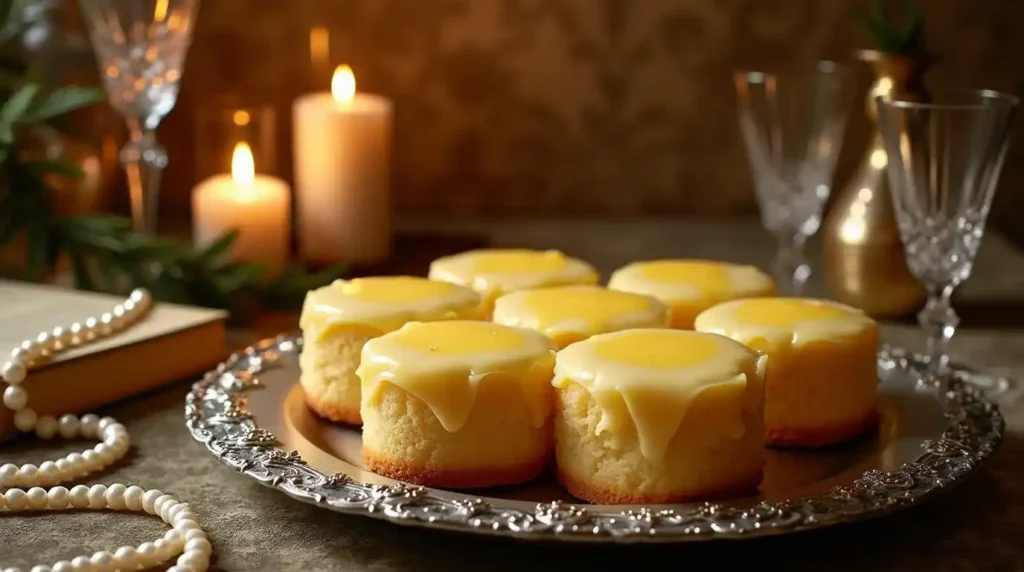How to cook crab legs (3 ways) is one of the questions that turns a seafood lover into a confident home cook. Whether you bring home snow crab, king crab, or Dungeness clusters, the right technique keeps every bite sweet, juicy, and restaurant-level tender. Today you’ll learn the three simplest methods—boiling, steaming, and baking—along with a quick garlic-butter dip, fool-proof timing, and safety pointers that meet USDA seafood guidelines. By the end of this guide, you’ll have everything you need to serve a flawless crab feast at home in under 30 minutes.
Table of Contents
Why You’ll Love Learning How To Cook Crab Legs
Cooking crab legs can feel intimidating, but it’s easier than most weeknight dinners. Each method relies on gentle heat that warms the pre-cooked meat without drying it out. Boiling is fast and great for snow crab clusters; steaming locks in briny flavor and works for any variety; baking frees up the stove and infuses subtle roasted notes. All three techniques use everyday cookware, so no fancy equipment is required. Mastering them means you can:
- Save money by skipping the crab-house markup.
- Control seasoning—dial up Old Bay, lemon, or garlic exactly how you like it.
- Scale portions for family dinners or holiday spreads with zero stress.
- Serve in minutes because most store-bought crab arrives pre-cooked and only needs reheating.
Once you see how quick the process is, you’ll reach for crab legs whenever you crave an impressive yet simple seafood meal.
Ingredients for How To Cook Crab Legs (3 Ways)
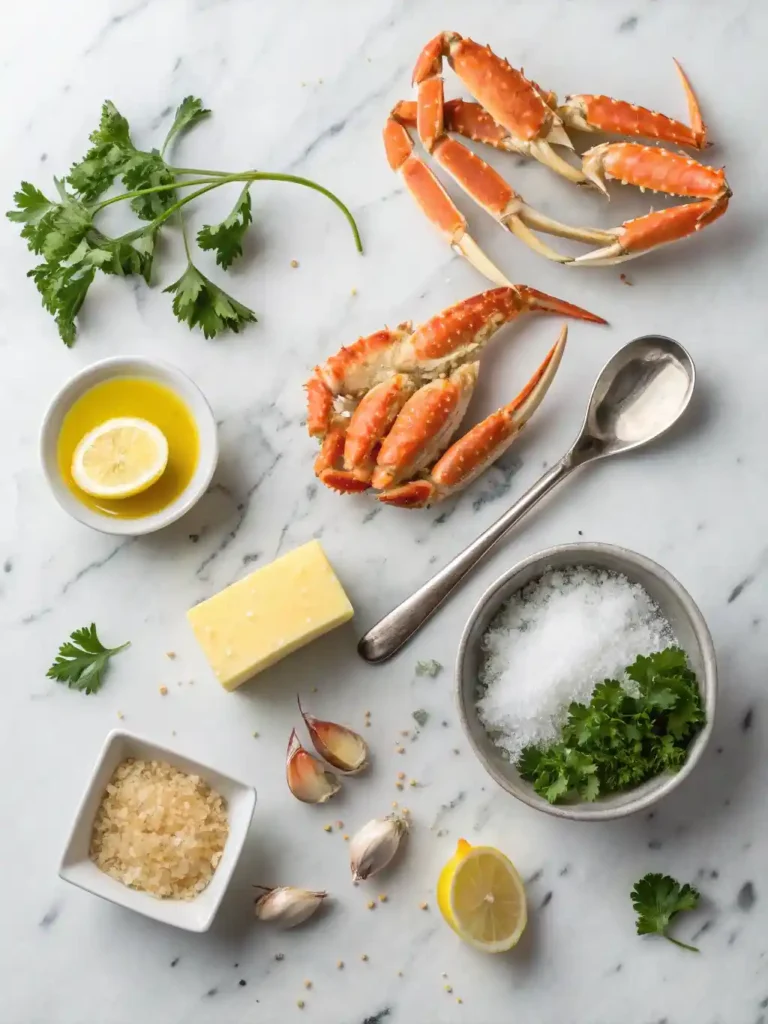
Crab
- 4 clusters snow crab or Dungeness crab legs (about 2 pounds)
or - 6 individual king crab legs, thawed overnight in the refrigerator
Tip: If your crab is still frozen the day you plan to cook, place sealed legs under cold running water for 15–20 minutes until flexible. Do not thaw at room temperature; this prevents uneven heating and preserves food safety.
Garlic Butter Dipping Sauce
- ⅓ cup unsalted butter, melted
- 3 garlic cloves, minced (or 1 teaspoon garlic paste)
- 1 tablespoon fresh lemon juice (about ½ lemon)
- ¼ teaspoon kosher salt
(Optional add-ins: ½ teaspoon Old Bay, pinch of smoked paprika, dash of hot sauce)
How To Cook Crab Legs (3 Ways)
Below you’ll find a dedicated section for each method, followed by universal cracking and serving advice. Choose the approach that fits your schedule and cookware.
1. Boiling Crab Legs

- Season the water. Fill a large stockpot ¾ full with water. Add 2 tablespoons kosher salt, 1 lemon (halved), and 1 teaspoon Old Bay for extra flavor.
- Bring to a rolling boil over high heat.
- Submerge the legs. Gently bend each cluster at the joints so it fits. The meat should sit fully under water for even heating.
- Reduce the heat to medium, cover, and simmer 5–8 minutes (5 minutes for snow, 6–7 minutes for Dungeness, 7–8 minutes for thick king legs).
- Check for doneness. Shells turn vivid orange and meat feels hot to the touch.
- Drain and rest 1 minute so excess water drips away.
Boiling best for: quick weeknight dinners, snow crab clusters, seafood boils.
2. Steaming Crab Legs
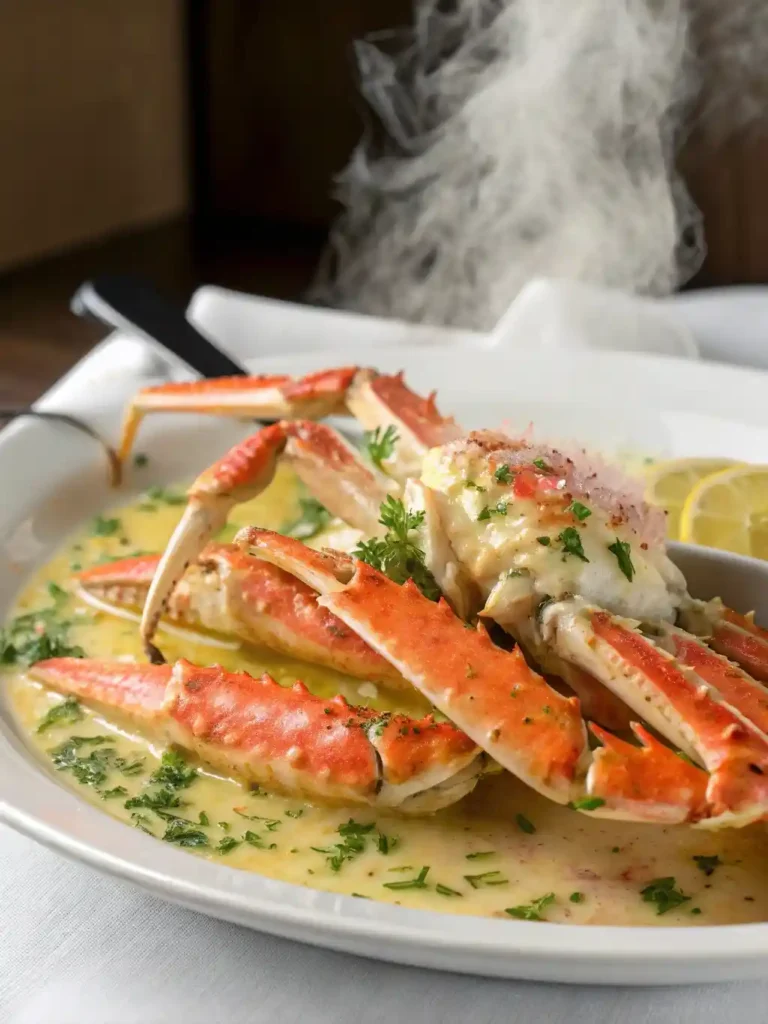
- Set up the pot. Pour 1 inch of water into a large pot and place a steamer basket or a metal colander on top.
- Boil the water. Cover and bring to a boil over high heat.
- Add the legs. Arrange crab in a single layer inside the basket. If stacking is necessary, rotate halfway through steaming.
- Steam under a tight lid 8–10 minutes. The gentle steam keeps meat moist and prevents salt dilution.
- Confirm heat. Steam escaping from the joints and opaque, pearly meat signals it’s ready.
Steaming best for: king crab legs (so they don’t water-log), maintaining natural sweetness, small kitchens with limited stovetop space.
3. Baking Crab Legs
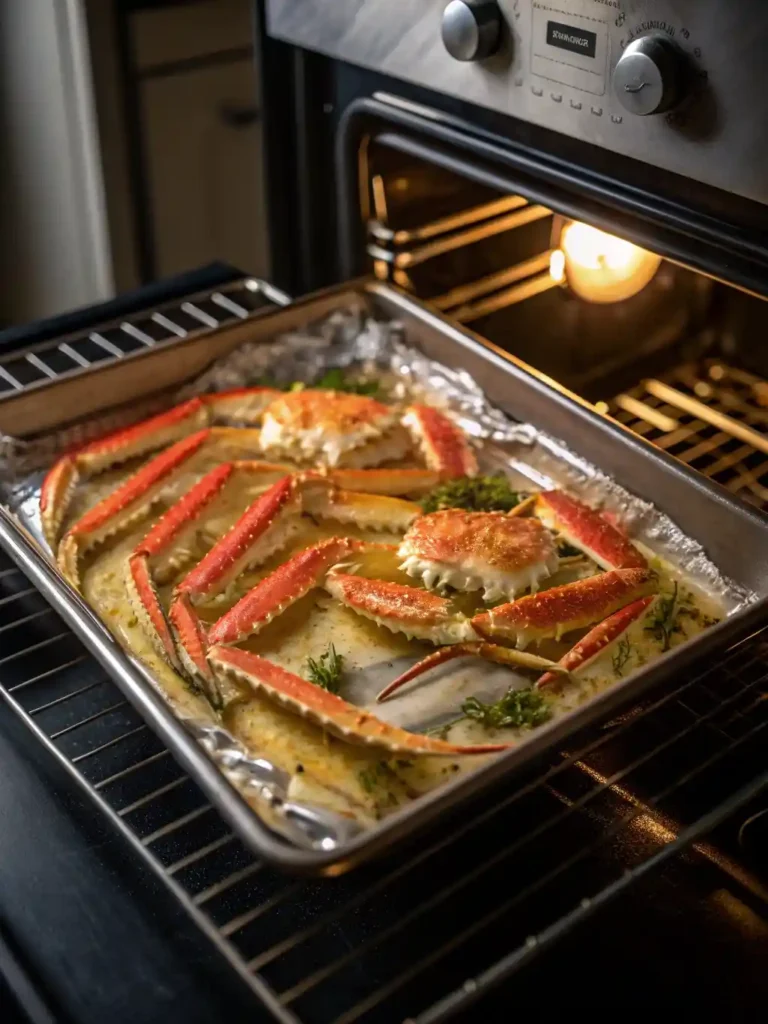
- Heat the oven to 400 °F (200 °C).
- Prep the pan. Spray a rimmed baking sheet with cooking oil or line with foil for easy cleanup.
- Arrange crab legs in one layer. Brush the shells lightly with melted butter or olive oil to keep them glossy.
- Bake 15–25 minutes, depending on size:
- Snow crab clusters: 15–18 minutes
- Dungeness clusters: 18–20 minutes
- Thick king legs: 22–25 minutes
- Look for steam escaping the ends of the shells—this is the easiest visual cue.
Baking best for: large gatherings when you need hands-off cooking, king crab legs served with herb butter, finishing with a broiled char for extra depth.
Crack, Dip, and Enjoy
- Transfer hot legs to a platter lined with newspaper or parchment to catch drips.
- Use crab crackers or sturdy kitchen shears to cut along the softer white membrane. Peel back the shell to reveal whole pieces of meat.
- Mix dipping sauce. Combine melted butter, garlic, lemon juice, and salt in a heat-proof bowl. Whisk until fragrant.
- Dip generously and serve with lemon wedges, corn on the cob, and crusty bread to soak up every drop.
Safety note: Discard any crab left at room temperature beyond 2 hours. Chill leftovers immediately in shallow containers.
Serving and Storage Tips
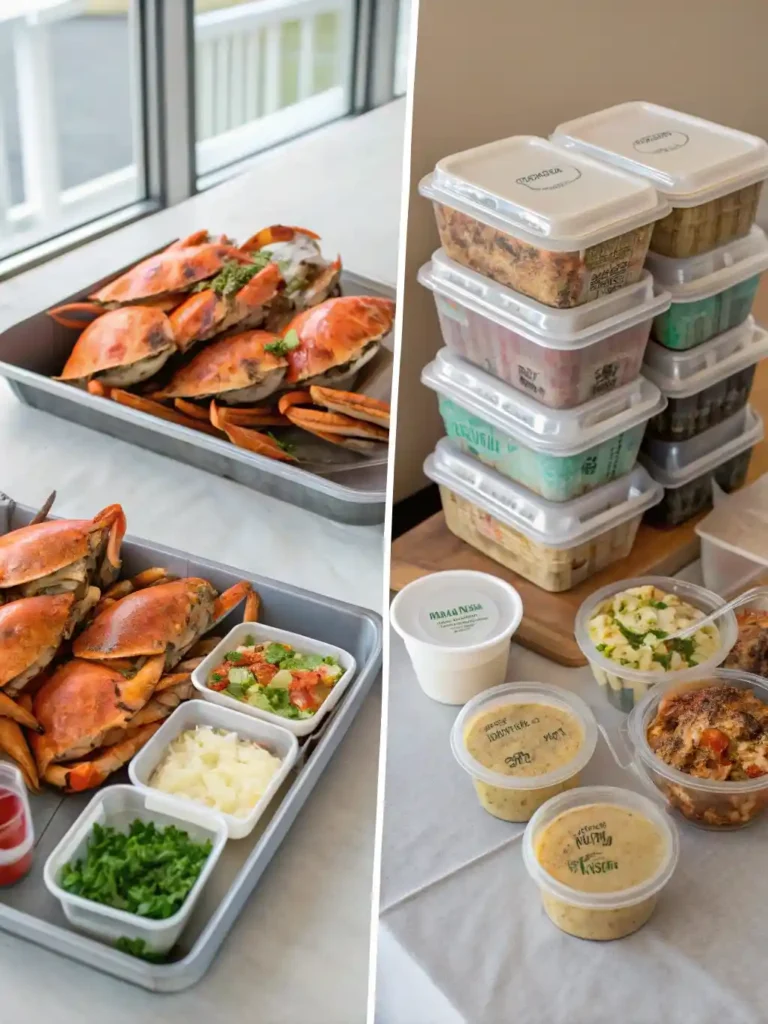
- Portion guide: Plan 1 cluster (or 1 large king leg) per light eater and up to 2 clusters for hearty appetites.
- Side ideas: Steamed asparagus, garlic mashed potatoes, coleslaw, or a simple green salad balance the rich shellfish.
- Wine pairing (non-alcoholic alternative): A chilled sparkling apple cider or lemon-mint spritzer brightens the buttery flavor.
- Storing leftovers: Remove meat from shells; store in an airtight container in the coldest refrigerator zone up to 2 days.
- Reheating: Wrap meat in foil with a splash of water and warm in a 350 °F oven for 5 minutes or until hot. Avoid microwaving—it can toughen the delicate texture.
- Freezing: Cooked crab meat freezes well. Pack in freezer bags with air squeezed out; label and freeze up to 2 months. Thaw overnight in the fridge before use.
Conclusion
Learning how to cook crab legs in three reliable ways puts one of the ocean’s best treats firmly on your home menu. Boiling delivers speed, steaming locks in succulent juices, and baking lets you multitask while your oven does the work—all with predictable times that guarantee tender meat every single attempt. With a bright garlic-butter dip and clear safety guidelines, you’ll impress guests without fuss, elevate a simple family dinner, or celebrate special occasions on a budget. Keep this guide handy, adjust seasonings to taste, and remember: practice makes perfect, but crab legs make practice delicious. Happy cooking!
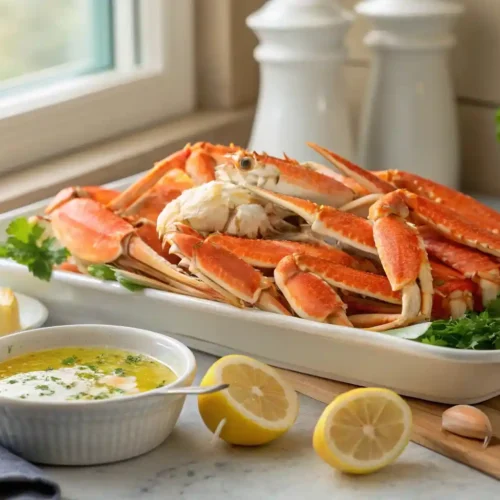
Recipe Recap: How To Cook Crab Legs (3 Ways)
Ingredients
Garlic Butter Dipping Sauce
- ⅓ cup unsalted butter melted
- 3 garlic cloves minced (or 1 teaspoon garlic paste)
- 1 tablespoon fresh lemon juice about ½ lemon
- ¼ teaspoon kosher salt
Instructions
Boiling Crab Legs
- Season the water. Fill a large stockpot ¾ full with water. Add 2 tablespoons kosher salt, 1 lemon (halved), and 1 teaspoon Old Bay for extra flavor.
- Bring to a rolling boil over high heat.
- Submerge the legs. Gently bend each cluster at the joints so it fits. The meat should sit fully under water for even heating.
- Reduce the heat to medium, cover, and simmer 5–8 minutes (5 minutes for snow, 6–7 minutes for Dungeness, 7–8 minutes for thick king legs).
- Check for doneness. Shells turn vivid orange and meat feels hot to the touch.
- Drain and rest 1 minute so excess water drips away.
- Boiling best for: quick weeknight dinners, snow crab clusters, seafood boils.
Steaming Crab Legs
- Set up the pot. Pour 1 inch of water into a large pot and place a steamer basket or a metal colander on top.
- Boil the water. Cover and bring to a boil over high heat.
- Add the legs. Arrange crab in a single layer inside the basket. If stacking is necessary, rotate halfway through steaming.
- Steam under a tight lid 8–10 minutes. The gentle steam keeps meat moist and prevents salt dilution.
- Confirm heat. Steam escaping from the joints and opaque, pearly meat signals it’s ready.
- Steaming best for: king crab legs (so they don’t water-log), maintaining natural sweetness, small kitchens with limited stovetop space.
Baking Crab Legs
- Heat the oven to 400 °F (200 °C).
- Prep the pan. Spray a rimmed baking sheet with cooking oil or line with foil for easy cleanup.
- Arrange crab legs in one layer. Brush the shells lightly with melted butter or olive oil to keep them glossy.
- Bake 15–25 minutes, depending on size:
- Snow crab clusters: 15–18 minutes
- Dungeness clusters: 18–20 minutes
- Thick king legs: 22–25 minutes
- Look for steam escaping the ends of the shells—this is the easiest visual cue.
Notes
Nutrition Information (per serving)
| Calories | Fat | Sat Fat | Protein | Carbs | Fiber | Sugar | Cholesterol | Sodium |
|---|---|---|---|---|---|---|---|---|
| 210 kcal | 12 g | 7 g | 22 g | 1 g | 0 g | 0 g | 115 mg | 830 mg |
More Recipes to Try
Looking for your next kitchen project? Check out these reader-approved dishes:
- Crab Brulee Recipe – Silky crab custard crowned with a quick torch-blistered sugar crust. Rich, elegant, and ready in 25 minutes.
- Jamaican Chicken Soup Recipe – A warming bowl of tender chicken, pumpkin, yam, and fresh thyme simmered in a mildly spiced coconut broth. Comfort food with island flair.
- Sinigang Recipe – Classic Filipino sour soup featuring pork, tamarind, and crisp vegetables. Bright, tangy, and perfect for a rainy day.
Frequently Asked Questions
What is the best way to cook frozen crab legs?
Steaming is the safest and most fool-proof method. It heats the meat gently, keeps it moist, and avoids excess salt absorption. Simply steam frozen legs 10–12 minutes until hot.
Do I need to thaw frozen crab legs before cooking?
Thawing ensures even heating and reduces cooking time, but it isn’t mandatory. If you skip thawing, add 2–3 minutes to the suggested times and check that the thickest parts are piping hot.
Is it safe to cook frozen crab?
Yes, provided you cook the crab to an internal temperature of 145 °F (63 °C). Use a quick-read thermometer placed in the thickest meat for accuracy, and follow USDA seafood safety guidelines.
How long to heat up frozen snow crab legs?
From frozen, boil 8–10 minutes, steam 10–12 minutes, or bake 18–20 minutes at 400 °F. If thawed first, subtract about 3 minutes from each time range.
Time-and-Temperature Cheat Sheet
| Method | Thawed Snow Crab | Thawed Dungeness | Thawed King Crab | From Frozen (any type) |
|---|---|---|---|---|
| Boil | 5 min | 6 min | 7–8 min | +3 min |
| Steam | 8 min | 9 min | 10 min | +2 min |
| Bake 400 °F | 15 min | 18 min | 22–25 min | +4 min |
Keep this chart nearby for quick reference whenever a seafood craving strikes. With these guidelines, your next plate of crab legs will be fresh, flavorful, and perfectly cooked—every time.

